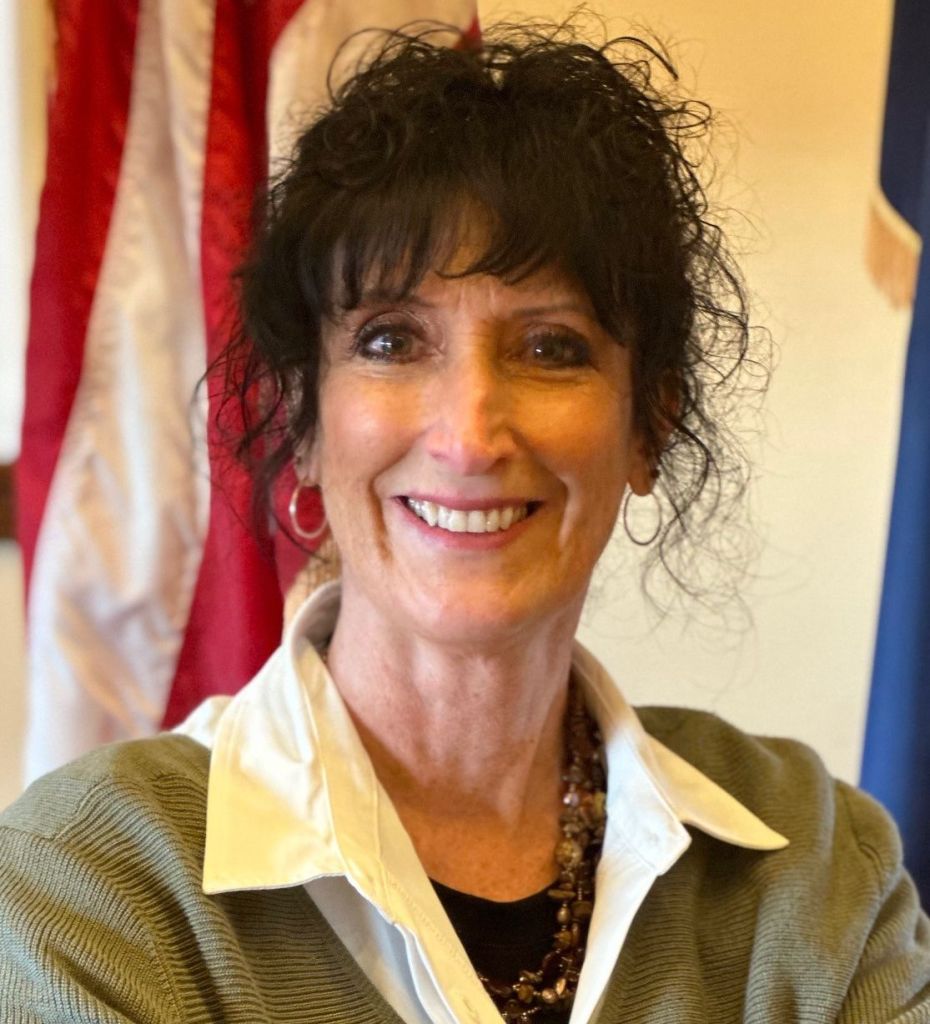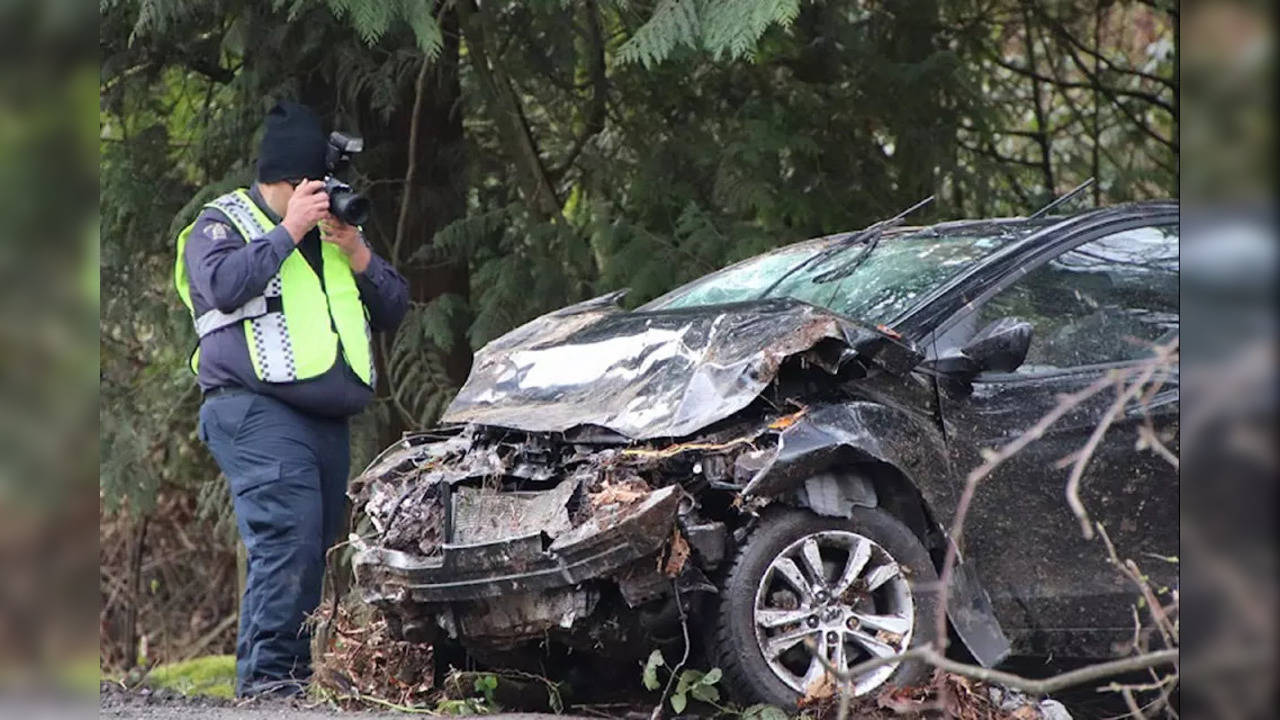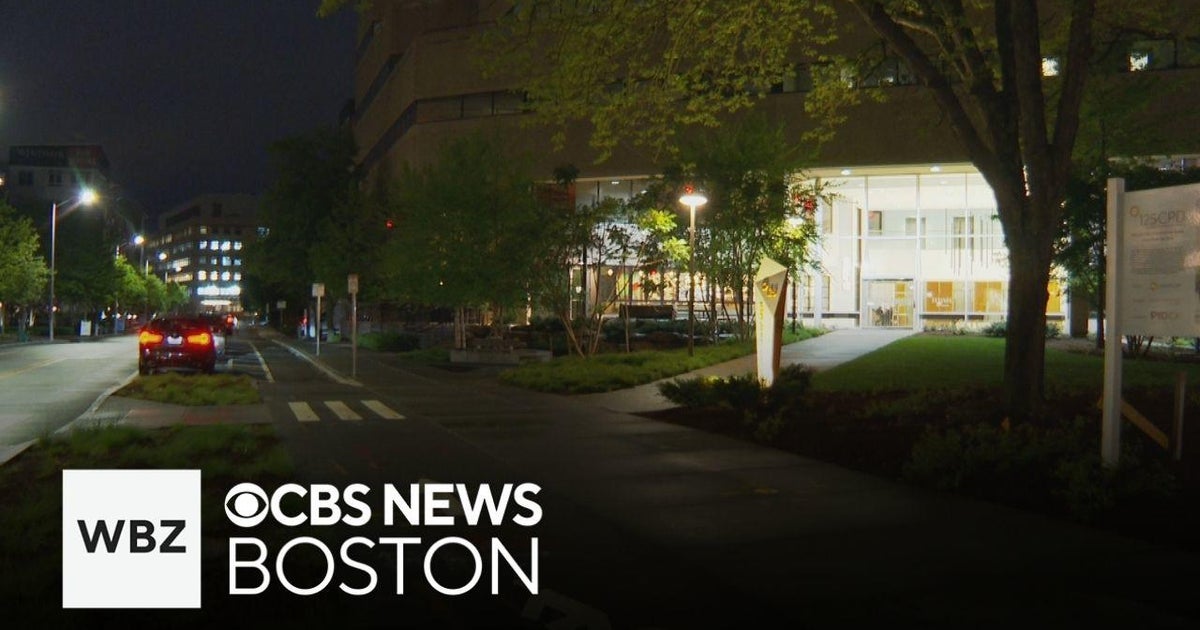North Dakota
Interesting observations of the North Dakota Legislature
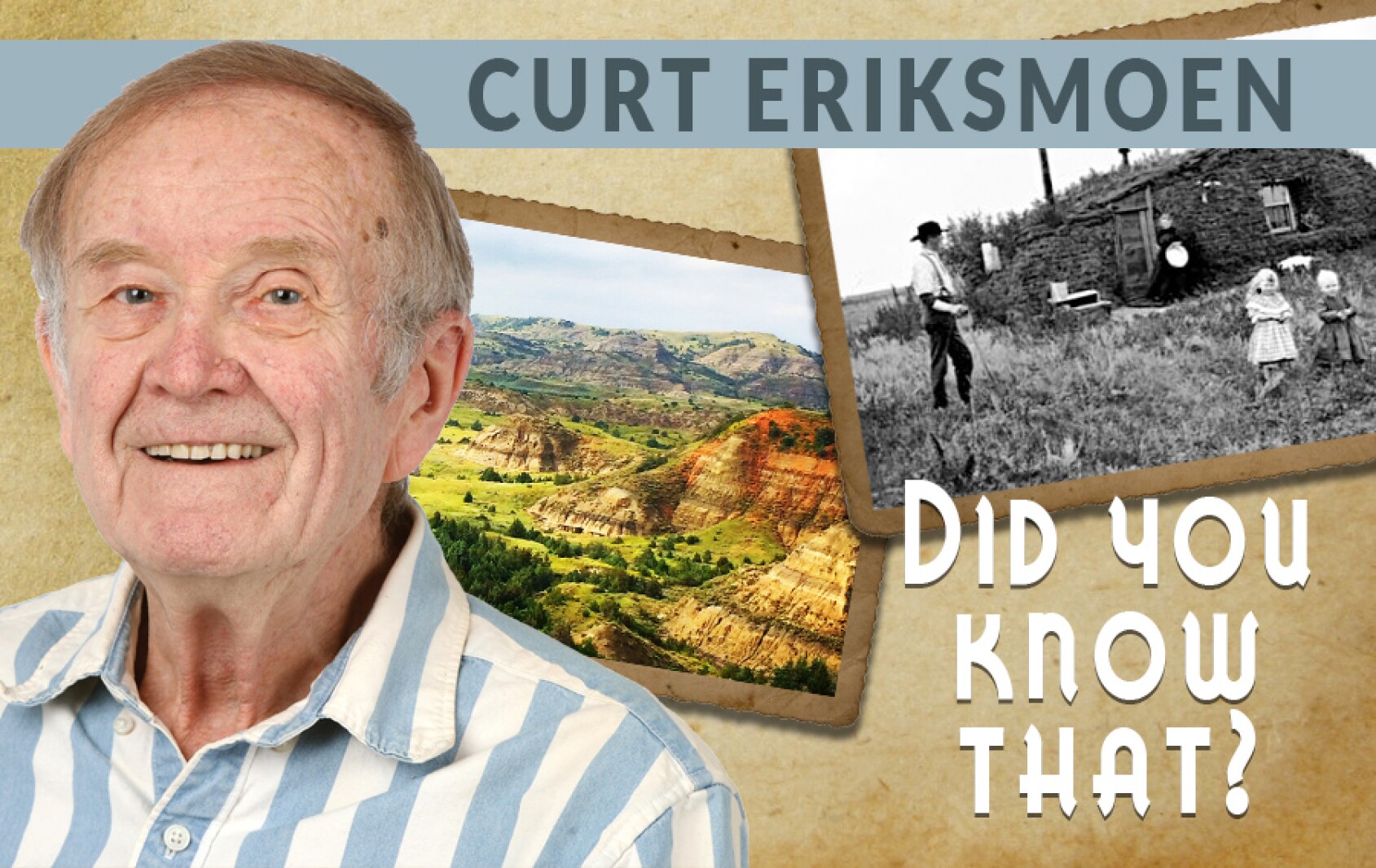
A study of the North Dakota Legislature – its history, composition, and the individuals within that governing body – can be fascinating. Throughout the years, frequent relationships between legislators can be found as well as representations from a few different political parties. For this article, I concentrated on some items that were of interest to me, and I hope my findings will be of interest to you also.
North Dakota has had over 3,300 people serve in its state legislature since 1889. Yet, to my knowledge, only two people have been removed from the position of legislator. In 1897, John Ryan of Grand Forks successfully challenged the seating of John Kinan, and replaced him in the House.
In 2021, Luke Simons, a representative from Dickinson, was expelled for repeated offenses of inappropriate behavior
.
When North Dakota became a state in 1889, 31 senators and 62 representatives were elected as the first session convened on Nov. 19th of that year. The numbers in both chambers remained the same until the 1902 election, when 40 senators and 100 House members were elected. The 1909 session most closely reflected our current legislative make-up, when there were 47 members in the Senate and 95 in the House.
According to a constitutional amendment, “the Senate may consist of 40-54 members and the House may consist of 80-108 members depending on the number of senatorial districts.” The current number of 47 senators and 94 members of the House has remained unchanged since 2003.
Korrie Wenzel / Grand Forks Herald
Over 2,650 people have served in the house, and more than 60% have served multiple terms. The person who served the longest was Brynhild Haugland, from Minot, who served 26 terms (52 years) in the House from 1939 to 1990. Bob Martinson, from Bismarck, had a chance of breaking the record held by Haugland. He was a representative from Bismarck from 1972 to 1996, and has served continuously since 2000, for a total period of 47 years. However, a bill was passed in 2023, limiting legislators to two four-year terms.
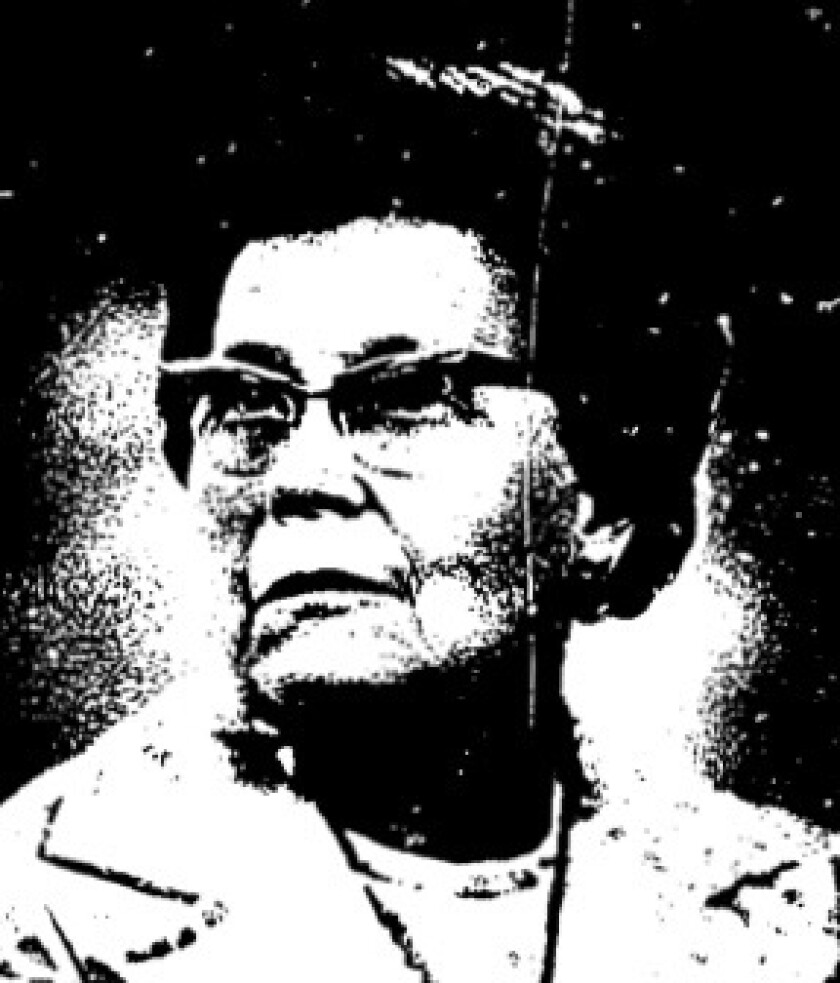
Contributed / North Dakota. Dept. of State – North Dakota blue book, 1981, Public Domain
Of the 830 people who have served in the Senate, over 60% served two or more four-year terms. Two North Dakota senators served over 40 years in the state Senate. Duane Mutch, from Larimore, served in the Senate from 1959 to 1976 and again from 1979 to 2006, for a period of 44 years.
Ray Holmberg, from Grand Forks, served continuously from 1976 to 2022, for a period of over 45 years
.
North Dakotans noted for longtime service in the Legislature
Two legislators took over 30 years away from the House to recharge their batteries. John Anderson was elected to the House from Grand Forks in 1906, and after a hiatus of 32 years, he was elected for a second time in 1938 while living in Minnewauken. However, the longest period between sessions belongs to Steve Swiontek, of Fargo. He served in the House from 1976 to 1984, and after 38 years, he was again elected in 2022.
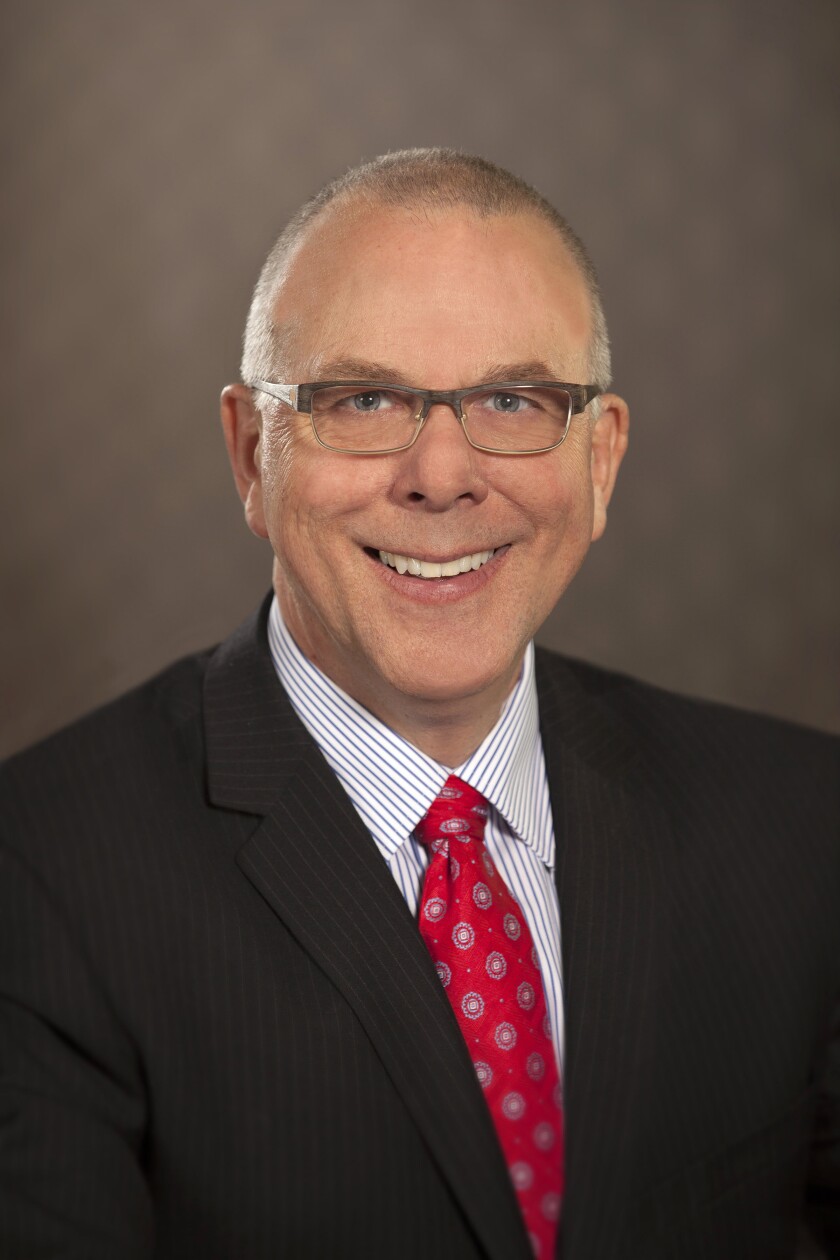
John Gengler, of Dickinson, holds the record for persistence by serving three broken tenures in the House. He was first elected to the House in 1961 and, after serving one term, was elected again for another term in 1965. In 1971 and 1973 he won back-to-back elections and, after being out of office for one term, won back the seat in 1977.
There have been 257 people who have served in both houses of the North Dakota Legislature. All except seven of these people started out in the House, and two of the seven, after being elected to the House, were later elected back to the Senate. Eighty percent of those who started out in the House were elected to the Senate directly from their position in the House.
David Andahl was elected to the North Dakota House in November 2020, despite the fact that he had died a month earlier. About 144 members had died while in the state legislature. Many others resigned because they were elected or appointed to another position, they relocated, or they became too ill to serve. Many of those who resigned legislative positions ran for and/or were elected to state or national executive positions. Of the 33 governors who have held office, 16 had previously served in the state or territorial legislature. Of the 39 lieutenant governors, 23 had served in the legislature and, of the 45 people who have served in the U.S. Congress from North Dakota, 18 had previously been in the state legislature.
It is also interesting to note that two people who had been members of the U.S. Congress later served in the state legislature. After representing North Dakota’s west district in Congress from 1965 to 1968, Rolland Redlin returned to serve 14 terms in the state Senate. Charles Buttz was a U.S. congressman from 1876 to 1877, and later served in the North Dakota House from 1903 to 1908. What is unusual is that the district that Buttz represented in the U.S. House was in South Carolina. He did not run for re-election and, instead, the following year, moved to Dakota Territory.
The most common surnames of state legislators are Johnson/Johnsen, Olson/Olsen, Nelson, Anderson, and Larson/Larsen. There have been over 25 members of the legislature who share each of those surnames. After getting married, at least three members officially changed their last names while serving in the legislature. They are Bonnie Miller/Heinrich, Terry Irving/Eriksmoen, and Amy Kiniske/Warnke.

North Dakota
North Dakota Polynesian Club celebrates culture at PAC Fest

BISMARCK, N.D. (KFYR) – A fairly new group, the North Dakota Polynesian Cultural Club, hosted its first Pacific Island, Asian, Arts and Culture Festival, or PAC Fest for short.
The North Dakota Polynesian Club invited the public to come eat cultural food, watch performances of cultural dances and listen to special speakers at Lord of Life Lutheran Church.
Event organizer, DJ Lamyuen, says he hopes to bring attention to his community.
“The goal and the mission is to bring awareness to our Pacific Islander and Asian heritage,” said Lamyuen.
The performances featured included the Bismarck YMCA belly dancers and traditional Indian dances, celebrating the different ways of life that make the Pacific Islands and Asia diverse. But, the group welcomed everyone from any background to join the celebration.
“That’s all that matters, that we can enjoy each other and different cultures by food, by music, by dance, and that’s all that matters in today’s society,” said Moses Timaly, member of the North Dakota Polynesian Club.
The hope is that this event, and the club, can create a sentiment of unity between the people of Bismarck-Mandan, regardless of where they’re from.
“Not a lot of people out here have resources or friend groups, so this is like an opportunity to kind of get together and know your neighbors and know the community,” said Lamyuen.
A “Best Dressed” Award was also given to whoever wore their cultural regalia or traditional clothing the best.
The group also enjoys working with a variety of nonprofit organizations, such as Bismarck Global Neighbors.
Copyright 2024 KFYR. All rights reserved.
North Dakota
Federal Reserve official says he looks to Bakken for insight on economy

A national banking official said he looks to North Dakota’s oil industry for clues about the health of the region’s economy.
“The Bakken, and North Dakota, is very interesting in giving me insight into what’s happening here and what it means for the broader economy,” Neel Kashkari said Thursday, May 16, while speaking at the Williston Basin Petroleum Conference in Bismarck.
Kashkari is president of the Federal Reserve Bank of Minneapolis, which serves North Dakota, South Dakota, Montana, Minnesota, as well as part of Wisconsin and Michigan. The Federal Reserve Banks are independent financial institutions that manage the U.S. economy.
In ordinary circumstances, when the economy is healthy, unemployment is low and the average rate of inflation is about 2%. However, if one of those factors is thrown out of whack, the Federal Reserve may decide to intervene.
“If the economy is growing too slowly, we will traditionally cut interest rates to try to give it a boost,” Kashkari said. “If the economy is overheating and inflation is too high, like recent experience, we will raise interest rates to try to tap the brakes in the economy to bring inflation back down.”
The Federal Reserve conducts extensive research to help inform those decisions, he said — including looking at employment trends in the Bakken.
“There have been times when the labor market here is incredibly tight, and it’s not been so tight around the U.S. economy, and you’re drawing in workers from all over America to come here — creating opportunity, high wages, and also challenges here in the local economy,” Kashkari said of North Dakota.
Michael Achterling / North Dakota Monitor
Recently, that hasn’t been the case, though. The whole country has had more jobs available than workers to fill them.
“If you have a particularly hot sector, you can’t simply draw workers from the rest of the country, because everyone around the rest of the country also has tight labor markets,” he said.
According to Kashkari, tribal economies are another important part of the Minneapolis Federal Reserve’s research. That’s because even when the U.S. economy is strong, tribes often face barriers that prevent them from accessing that wealth.
Their hope is to identify policies that governments can use to break down those barriers.
“Tribal economies have a unique set of challenges,” Kashkari said. “The economy may do well, different businesses may do well, and we still have people who are not participating in our economy.”
So where is the U.S. economy right now?
A mix of factors — including COVID-19, supply chain issues, an increased demand for consumer goods and Russia’s invasion of Ukraine — caused global inflation to surge in 2021, 2022 and 2023.
These days, however, the economy is doing pretty well, Kashkari said.
Nationwide unemployment is relatively low — it was under 4% as of the end of April, according to the U.S. Bureau of Labor Statistics. And while inflation is still rising more quickly than ideal at around 3.5%, it’s a far cry from its peak of 9% in late 2022.
Consumer spending is also strong.
“As much gloom as there appears to be when people are surveyed about how they feel about the economy, most people are spending like they feel pretty good about the economy,” he said. “If you go on airplanes, they’re usually full. If you go to restaurants, they’re usually full. If you go to a hotel, they’re usually busy.”
The housing market has been unexpectedly resilient, too, he said. It’s remained competitive even after a series of mortgage hikes by the Federal Reserve in 2022 and 2023.
The average rate for a 30-year fixed mortgage hovered around 3% before 2022, but is about 7.5% today.
“We think that there’s a pent-up demand for housing,” Kashkari said. “There’s been a pent-up shortage of housing across our economy for the last decade.”
The conference, which has more than 2,200 attendees, continues through Thursday.
This story was originally published on NorthDakotaMonitor.com
______________________________________________________
This story was written by one of our partner news agencies. Forum Communications Company uses content from agencies such as Reuters, Kaiser Health News, Tribune News Service and others to provide a wider range of news to our readers. Learn more about the news services FCC uses here.
North Dakota
Online guide, resources provide North Dakota Voters with election info

Extensive election-year resources have been updated and launched on Forum Communications Co. websites to provide voters with timely information about candidates, the voting process and news stories about the election.
The
free voter’s guide
allows users to enter an address to create a sample ballot with the races and candidates on the June 11 ballot. All candidates across the state — in local, state and federal races — received an invitation to participate by uploading a photo, biographical details including campaign links, and answers to several questions.
This marks the third election cycle in which Forum Communications partnered with the League of Women Voters of North Dakota as part of its nationwide Vote411 initiative.
“Responding to VOTE411 is a great way for candidates to get their information out to voters,” Mary C. Tintes, LWVND vice president, said in a news release. “The upcoming June election is also city election day in North Dakota, and we want to make it easier for voters to learn about their local candidates who will serve in the city offices that are so important in our day-to-day lives.”
VOTE411.org is the League of Women Voters’ one-stop shop for nationwide voting and election information. Some of VOTE411’s key features are candidate and statewide ballot measure information, voter ID information, absentee ballot information, and a polling place locator.
Since 2020, Forum Communications has collaborated with LWVND to give greater visibility to voters about the election process and candidates running for office. Candidate participation has grown each year and users across the state can find information about local candidates, provided the candidates participate.
“The voter’s guide and other resources available through our websites provide an important service to anyone casting a ballot this year,” said Steve Wagner, director of content operations for Forum Communications.
“We want to connect readers with the information they need about candidates and the election. It’s a role we take seriously as community journalists.”
In addition to the voter’s guide, Forum Communications also provides
an online page with answers to frequently asked questions
.
The page, along with stories about the election and candidates, can be found on the websites for The Forum of Fargo-Moorhead, Grand Forks Herald, Jamestown Sun and Dickinson Press.
Voting has already begun in North Dakota through absentee ballots, which need to be requested. Some counties also offer mail-in voting and early voting at designated locations.
To be eligible to vote in North Dakota, an individual must be a U.S. citizen, a resident in the state for at least 30 days, and at least 18 years old on Election Day. North Dakota does not have voter registration, but voters are required to present a valid ID to cast a ballot.
The voter’s guide will remain available through November’s general election. It will also include details about Minnesota races and candidates before the state’s Aug. 13 primary.
-

 Politics1 week ago
Politics1 week agoOhio AG defends letter warning 'woke' masked anti-Israel protesters they face prison time: 'We have a society'
-

 Finance1 week ago
Finance1 week agoSpring Finance Forum 2024: CRE Financiers Eye Signs of Recovery
-

 Politics1 week ago
Politics1 week agoBiden’s decision to pull Israel weapons shipment kept quiet until after Holocaust remembrance address: report
-

 World7 days ago
World7 days agoIndia Lok Sabha election 2024 Phase 4: Who votes and what’s at stake?
-

 News1 week ago
News1 week agoThe Major Supreme Court Cases of 2024
-

 News1 week ago
News1 week agoTornadoes tear through the southeastern U.S. as storms leave 3 dead
-

 World1 week ago
World1 week agoA look at Chinese investment within Hungary
-

 Politics1 week ago
Politics1 week agoTales from the trail: The blue states Trump eyes to turn red in November





